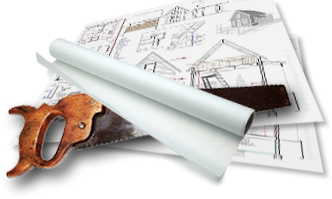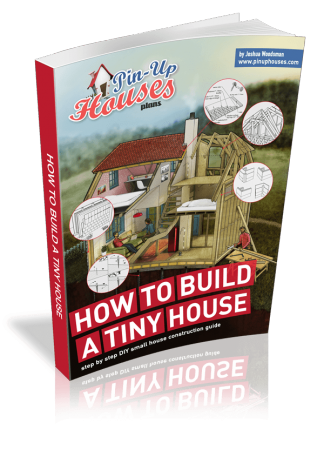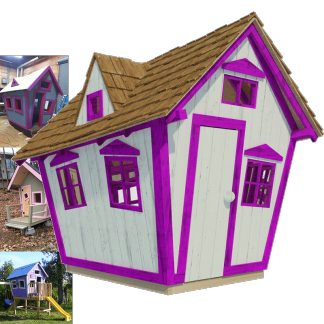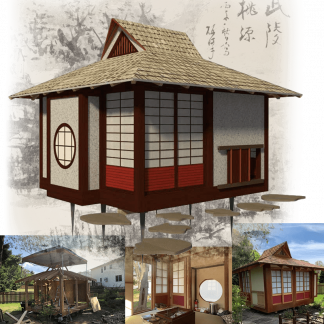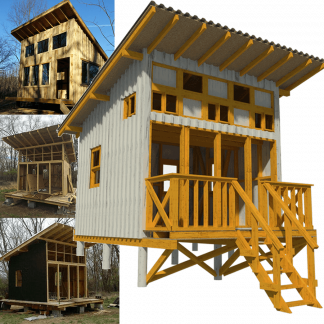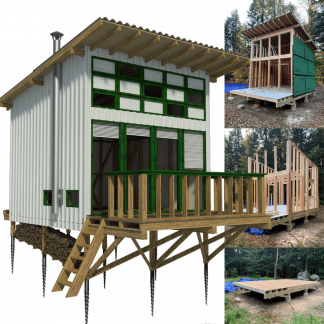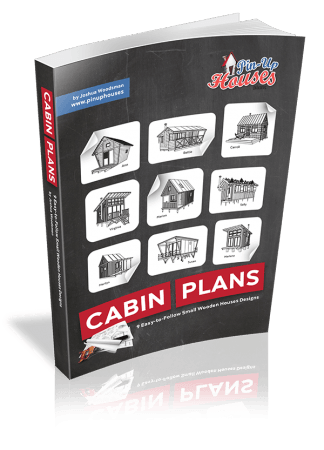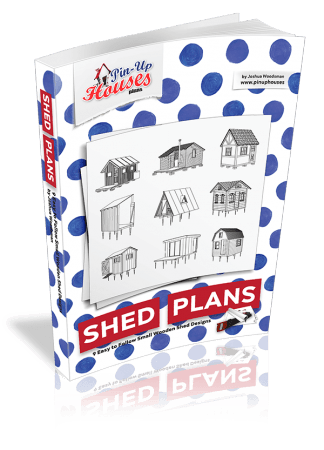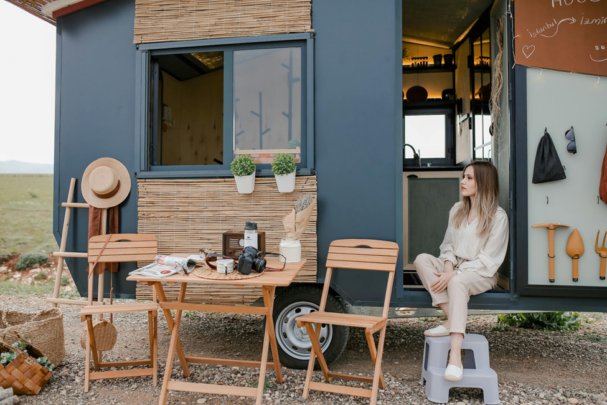
More than 10,000 tiny homes are rolling across the U.S., and nearly 70% of them are built on wheels. That stat alone says a lot: people aren’t just downsizing — they’re choosing freedom, flexibility, and the open road. But before you can hit the highway with your dream home in tow, there’s one big decision to make: the trailer.
It’s not the most glamorous part of a tiny house, but it might be the most important. Your trailer is the foundation — literally. It affects everything from how your home drives to how it holds up over time. So, whether you’re buying a finished model or building from scratch, picking the right trailer is a step you don’t want to rush.
Let’s break down what to look for, what to avoid, and how to choose a trailer that’s up for the journey.
What Makes a Good Tiny Home Trailer?
Think of your trailer as the unsung hero of your tiny home. It’s easy to obsess over interior finishes and clever storage hacks, but none of that matters if your trailer isn’t up to the task.
First and foremost, you need something built to handle serious weight. A basic utility trailer won’t cut it. Look for a trailer with a Gross Vehicle Weight Rating (GVWR) that exceeds the total weight of your finished home: structure, furniture, appliances, and all. You’ll also want electric brakes, a solid steel frame, and quality welds throughout.
Height matters too. If your trailer sits too high, you might run into clearance issues on the road or max out the legal height limit before you even finish building. In short, the right trailer isn’t just a base. It’s peace of mind every time you tow.
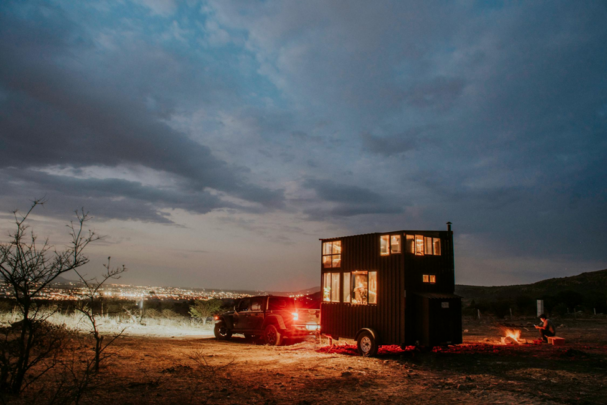
Comparing Trailer Types
Not all trailers are built the same, and choosing the wrong one can cause major headaches down the road (literally). Here’s a quick rundown of the three most popular trailer types for tiny homes and how to know which might fit your needs best.
Bumper Pull Trailers
These are the most common and budget-friendly options. They hitch onto the back of a vehicle like a standard trailer and are fairly easy to maneuver, especially if you’re new to towing. The trade-off? Limited size and weight capacity. Great for smaller builds, not so great if you’re going for a two-loft masterpiece.
Gooseneck Trailers
Goosenecks connect over a pickup truck’s bed, giving them better stability and turning radius. They’re longer, stronger, and often come with extra space above the hitch — perfect for a bedroom nook or cozy office. If you’re eyeing something larger, this type is worth a serious look. You’ll find top-of-the-line options at BrechbillTrailers.com, especially if you’re after a trailer designed for serious loads.
Deckover Trailers
With the deck built over the wheels, this style gives you a flat, uninterrupted floor space. It’s great if you want an open layout without dealing with wheel wells. But the higher platform means you’ll need to watch your ceiling height and may have to compromise on loft space or roof design.
Each trailer type has its perks, but the best choice depends on your layout, weight, and towing setup. It’s not just about what fits your budget — it’s about what supports your vision.
Key Decision Factors
Once you’ve got a trailer type in mind, the next step is narrowing it down based on your specific needs. This is where details really matter, because small oversights can turn into big problems once your tiny home hits the road.
Weight Capacity
Don’t guess here. Tally up the weight of your materials, appliances, fixtures, and furniture — then add a safety buffer. Your trailer’s GVWR should comfortably handle that total.
Axles and Stability
Tandem axles (two) are common and sufficient for most tiny homes, but if you’re building larger or heavier, consider triple axles for smoother rides and better weight distribution.
Trailer Dimensions
Most people aim to keep their tiny homes under 8.5 feet wide and 13.5 feet tall to stay road legal. Make sure your trailer dimensions leave room for insulation, roofing, and underfloor systems without pushing those limits.
Clearance and Height
Low trailers (like drop axles) give you more vertical space inside, which can make a huge difference if you’re planning a loft. Just be careful about ground clearance if you’re heading off well-paved roads.
Tow Vehicle Compatibility
Last but not least, your trailer needs to match your towing vehicle’s capabilities. A great trailer won’t help much if your truck can’t pull it safely.
Think of this as building the base of your home and your lifestyle. It needs to be solid and smart.
You’ll Still Need a Moving Company You Can Rely On
Even though the trailer is essential for moving your tiny home and everything inside it, you might still need a moving company to help with downsizing and relocating the rest of your belongings—unless you’ve sold everything. Here’s a quick tip to help you choose the right one: the most trustworthy companies show they’re serious about their business. They don’t just rely on chance or outdated directories; they actively invest in marketing through Google Ads or SEO so customers can find them quickly when searching for help. A team that has partnered with moving company PPC experts is showing they care about running a legitimate, growth-focused business, which often translates to greater reliability and service quality for your move.
Final Tips and Takeaways
Choosing the right trailer isn’t the flashiest part of tiny home life, but it’s the part that makes everything else possible. Whether you go custom or stick with a high-quality off-the-shelf model, make sure it fits your build, your budget, and your towing setup.
If you’re feeling unsure, talk to a builder or trailer expert before making the leap. A solid trailer means fewer surprises later on — and more freedom to focus on the fun stuff. After all, your home deserves a foundation that’s ready to roll.

